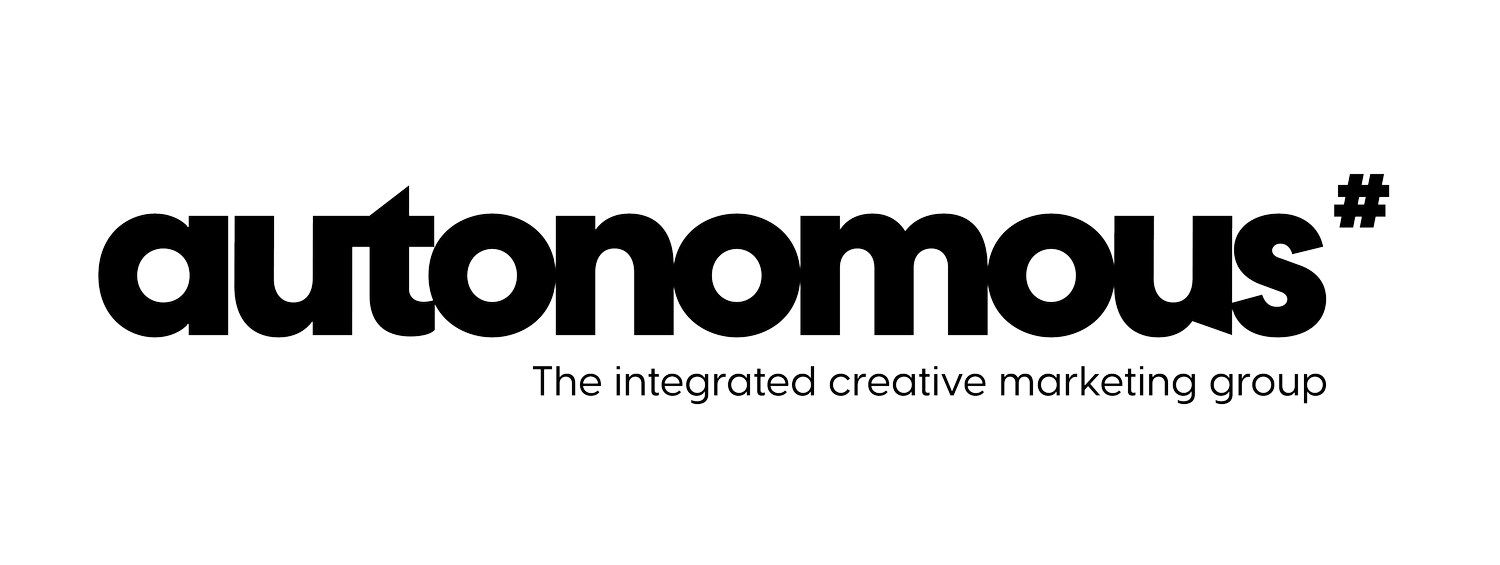Why design thinking is key to Innovation
Design thinking emerged as a process for producing new and sleek technology and products. Over time, it has become a common approach in both the public and private sectors for projects worldwide.
It was the IDEO, a consulting firm, that made design thinking popular. Their methods receive adoption across the corporate world when Tim Brown, IDEO’s CEO, wrote about design thinking in Harvard Business Review. The article explained how design thinking was used in business and cited examples of the Indian healthcare industry, a Japanese bicycle company, and a Californian hospital.
Fast forward to today, one of the most well-known courses at Stanford University is related to design thinking, known as Designing Your Life.
What is Design Thinking?
Design thinking refers to a process for resolving issues by focusing on the consumer’s needs and prioritizing them above everything else. It promotes empathy to observe how people communicate and interact within their environments and adopts a hands-on, iterative approach to build innovative solutions.
Design thinking is centered on humans – relying on evidence from how humans engage with a product/service, gradually improving the consumer’s experience.
In stark contrast with conventional problem solving, which follows a linear approach to identify a problem and then brainstorm solutions, design thinking is only effective when it is iterative. It is not an approach to find a single, fixed solution, but more a way to continually evolve your thinking and address consumer needs.
A Tale of a Formerly Failed Start Up
It may be hard to fathom, but the ever-successful real estate giant, Airbnb, used to make less than $200 per week. So, what exactly took the company to unprecedented heights and turned them into a billion-dollar giant? Plenty of risks, experimentation, and thinking outside the box.
Paul Graham and Job Gebbia, Airbnb’s co-founders, recall how they went through different codes, graphs, and charts with their design team to demystify the reason behind their sluggish growth.
One eventful day, Gebbia opened the app, navigated through the app as a user, and had a life-changing epiphany: their pictures looked ugly. The realization prompted Gebbia and Graham to pack up their bags, rent a camera, visit New York, and spend time with their customers. Thus, they added professional-looking ones to replace their older ones. After one week, Airbnb’s revenue doubled, and the rest is history.
Why is Design Thinking Important?
Design thinking allows businesses to generate long-lasting value for consumers.
Aims to Address a Concrete Human Requirement
Using a human-centric, observational approach, teams can identify consumer’s pain points that were overlooked previously. Sometimes, even consumers remain unaware of these issues. Eventually, design thinking offers solutions to resolve those pain points.
Makes Businesses Run Faster
Instead of going over a problem for a long period without coming up with an outcome, design thinking prefers building prototypes and then test to see how effective they are.
Leads to Innovative Solutions
Humans are not capable of imagining things that are deemed impossible. They can’t ask things that are yet to exist. Design thinking can uncover some of these pain points that would otherwise have remained hidden. By using an iterative approach, design thinkers can address issues that lead to innovative solutions.
Why Embrace Design Thinking?
Here is why you should embrace design thinking.
Design Thinking is Not Limited to Designers
You can’t categorize design thinking as a job; you can apply it to every role in an organization. It hinges on analyzing the needs of stakeholders and rapidly iterating to identify solutions that address operational, technological, commercial and HR issues.
Many organizations train their teams in design thinking. Experts lead these training sessions and help organizations adopt design thinking effectively. If you are looking for a design agency for this purpose, reach out to us right now.
Strengthens Leadership
Leadership plays a pivotal role in an organization’s capacity to review and resolve its audiences’ issues. It needs the leaders to take the initiative and drives the right decisions. More importantly, it installs humility in them to start over when nothing seems to be working.
Discipline is not the most suitable approach to tackle failures, especially with product development. Since design thinking is founded on rapid iteration, it empowers the team to turn failure into a key cog of success.
Furthermore, design thinking ensures that solutions for an organization’s diverse range of issues are based on data produced by clients, as opposed to basing it on the liking of misinformed board members.
Promotes Innovation
When organizations grow, risk tolerance drops. Although it is not necessarily a negative factor, it does make innovation more sluggish and can cause harmful stagnation.
During the design thinking process, teams can build new and innovative solutions responding to clients’ real issues and assist them with setting their organization apart in a sea of competitors.
By building these solutions, analyzing their efficiency, and iterating continually, design thinkers develop new opportunities to offer a competitive advantage to their organization.
Resolves Issues
There is a misconception that design thinking does not address issues and only causes problems further down the road. That is a wrong perspective.
Design thinkers listen to what their users and clients say before coming up with any solution. They then follow it with tailored solutions, which are tested and make hypotheses about results. Due to this process, design thinkers can build efficient solutions by creating products/services in a way that analytical thinkers are unfamiliar with.
Applies to Every Industry
Toshiba, Airbnb, BMZ, Microsoft, Daimler, Accenture, Marriott, Lego, IBM, General Electric, Whirlpool, and Apple are some of the brands that embraced design thinking. Although they belong to different industries, design thinking contributed to their success by driving their decision-making, improving innovation, and maintaining their standing in their respective niches.
If you are looking for a brand agency to implement design thinking, get in touch with us for details.


